RIYADH: As the World Creativity & Innovation Day is marked on April 21, one can’t help but pay attention to the rich cultural heritage in some of the cities of the Arab Gulf states.
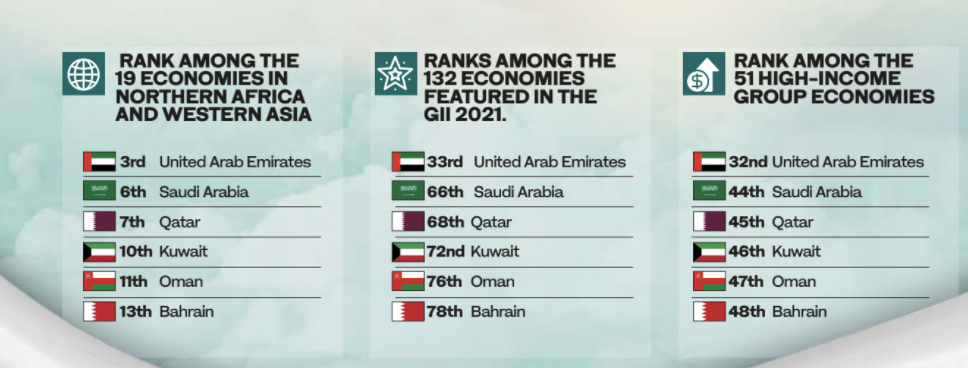
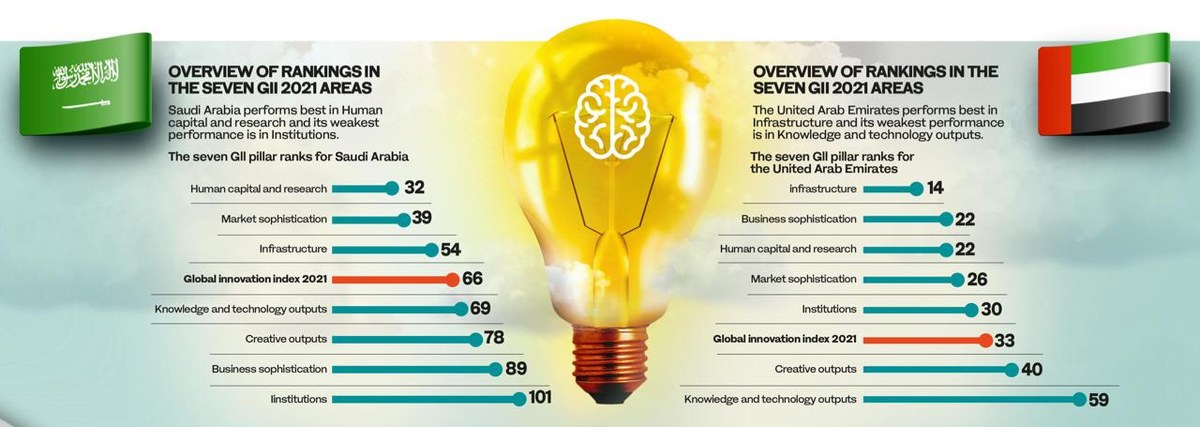
Some of these states boast a very rich tradition of refined arts, culture and music that wooed art lovers from many countries.
Buraidah: City for gastronomy
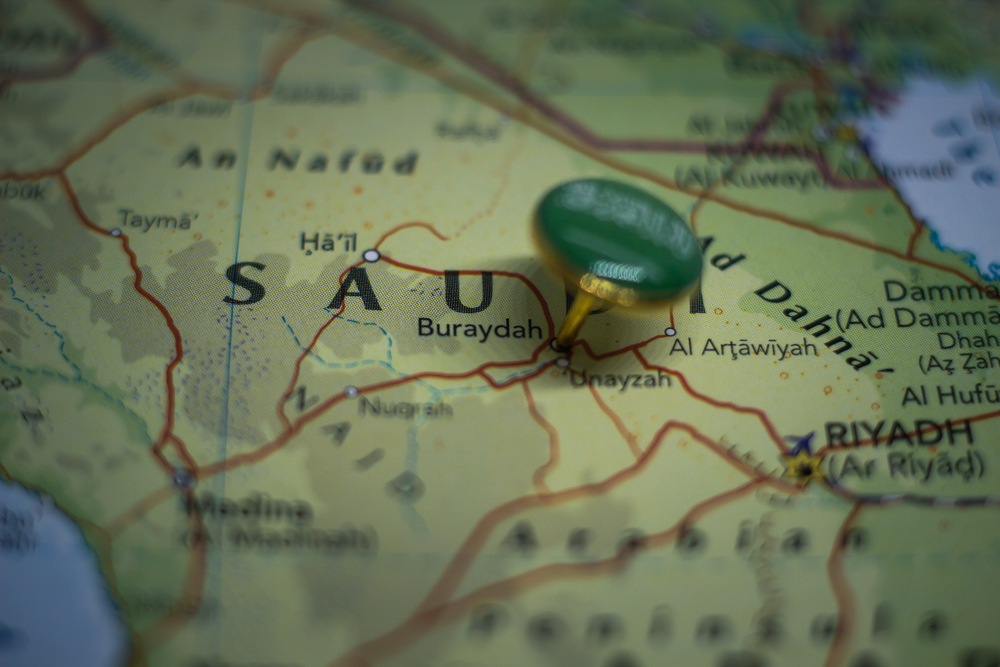
Take Buraidah in Saudi Arabia, for example.
This quiet city is listed as a creative city for gastronomy. Unlike other business cities in the Kingdom, Buraidah’s economy counts a lot on culinary activities that contributed to a great extent to the advancement of the creative and cultural sectors.
Buraidah’s agriculturalists achieved astounding success with cereals and managed to provide a wide range of components used in the development of inventive local recipes, despite their natural preference for oasis crops.
Thanks to these advantages, the city holds annual dates and traditional food festivals that draw tourists from different corners of the country.
Buraidah has close to 2,000 companies, most of whom are home-based. These firms generate close to $426 million in revenues each year from the traditional business they conduct.
Al-Ahsa: Crafts and folk art
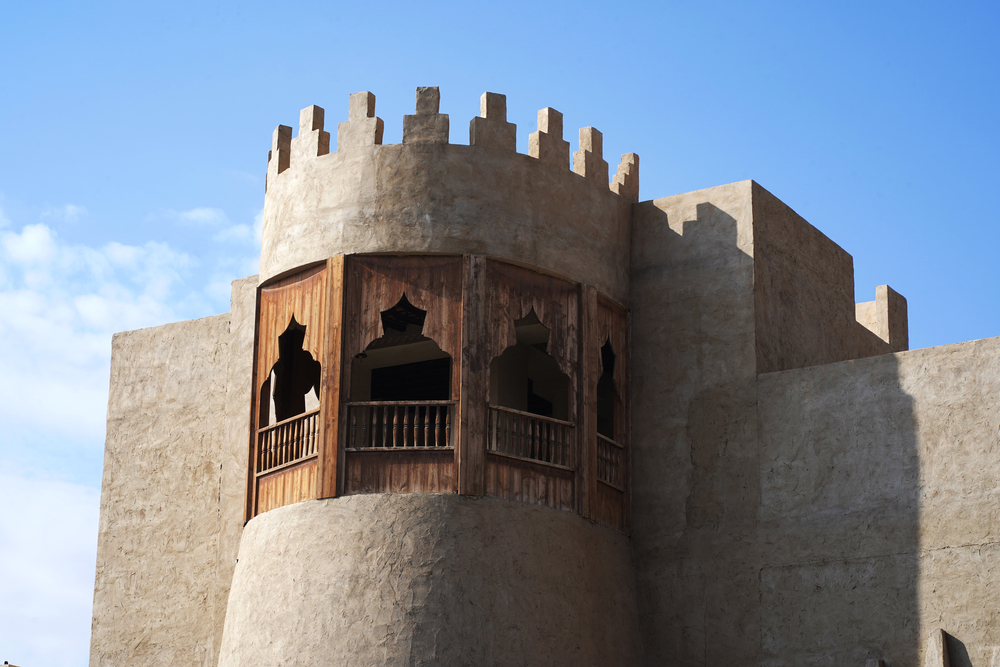
A heritage building in an old town in the Eastern Province of Saudi Arabia - Al Ahsa, Al Hofuf (Shutterstock)
Also in the Kingdom, Al-Ahsa city is renowned for being the world's largest palm tree oasis, covering 379 sq. kilometers and home to 1.3 million people.
Al-Ahsa is traditionally famous for its beautiful handicrafts that are very appealing to tourists who visit this city to examine and admire these pieces of traditional art.
This craftmanship has passed from one generation to another as the citizens of this city insisted on preserving this heritage despite the spread of advanced technology in the Kingdom.
Close to 50 crafts and folk art expressions managed to stay in business throughout the years.
When it comes to design, a place that comes to the minds of design lovers is the city of Muharraq in Bahrain.
This relatively small city with a population of less than 100,000, is rich in history, art and architectural buildings.
Muharraq: Traditional pear jewelry design
Muharraq is known for its traditional pearl jewelry design and calligraphy.
Among the aspects that draw visitors to this city are architectural design and urban layout that makes Muharraq very unique.
Muharraq holds public events and other cultural activities and festivals each year.
These events are an opportunity for merchants and designers to showcase some of their products to the public.
Doha: City of landmarks
Doha, the capital of Qatar, has also preserved some of its rich traditions and customs.
Among the main landmarks of Doha is the famous Museum of Islamic Art which displays 14 centuries of art from Qatar and other Islamic countries.
Doha also has the futuristic National Museum of Qatar that showcases modern art items that cater to many tastes.
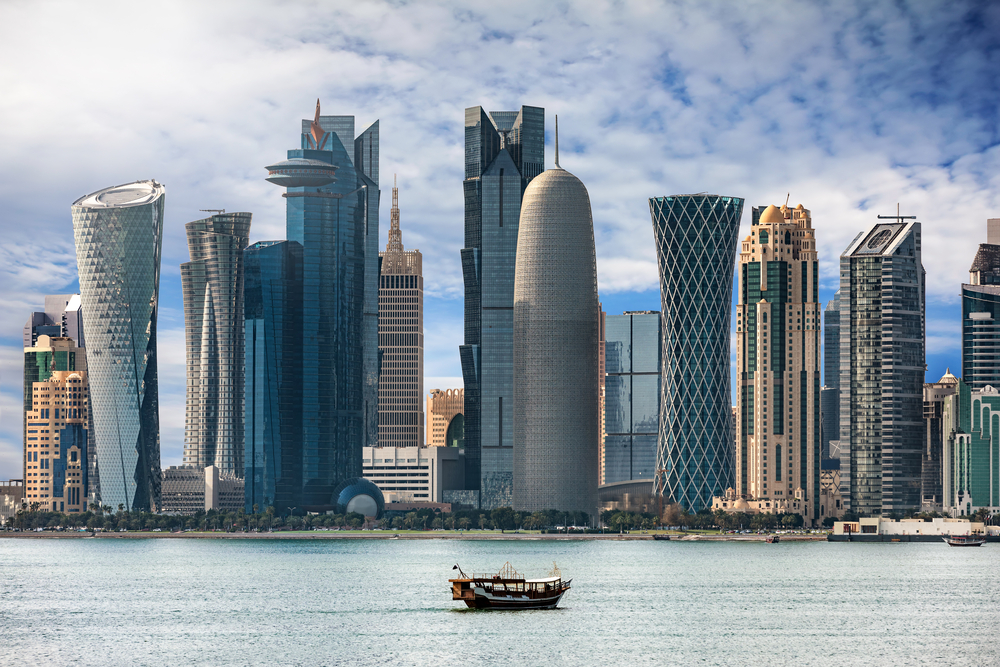
Doha
Abu Dhabi: Emphasis on music
As for music lovers, one can’t forget Abu Dhabi, the capital of the UAE.
This modern city with its skyscrapers and impressive infrastructure is strengthening its position as a rich cultural center, with an emphasis on music.
Abu Dhabi’s music industry has mushroomed over the past few years with over 600 businesses in this domain alone.
These firms now hire more than 4,000 employees who specialize in the music industry.
Some of these firms have preserved and even promoted traditional and folk music in a bid to stay connected with the country’s history.
One also should be reminded of the famous Abu Dhabi Cultural Foundation which was established in 1971.
This foundation has seen numerous cultural events, exhibitions and musical concerts, drawing many famous Arab and international stars.
Bait Al Oud, a center for the study and teaching of classical Arabic music, is also a landmark in Abu Dhabi.
Dubai: Architecture
Furthermore, Dubai has consolidated its position as a center for design.
This cosmopolitan city with its impressive highrise buildings has invested heavily in modern and traditional designs and for this purpose, it created Downtown Design, one of the leading Expo in the Middle East and South Asia.
The Dubai government completed the Dubai Design District as part of an effort to put design and innovation at the center of its attention.
This effort by the Dubai government is part of an attempt to promote the Dubai Design & Innovation Blueprint concept.
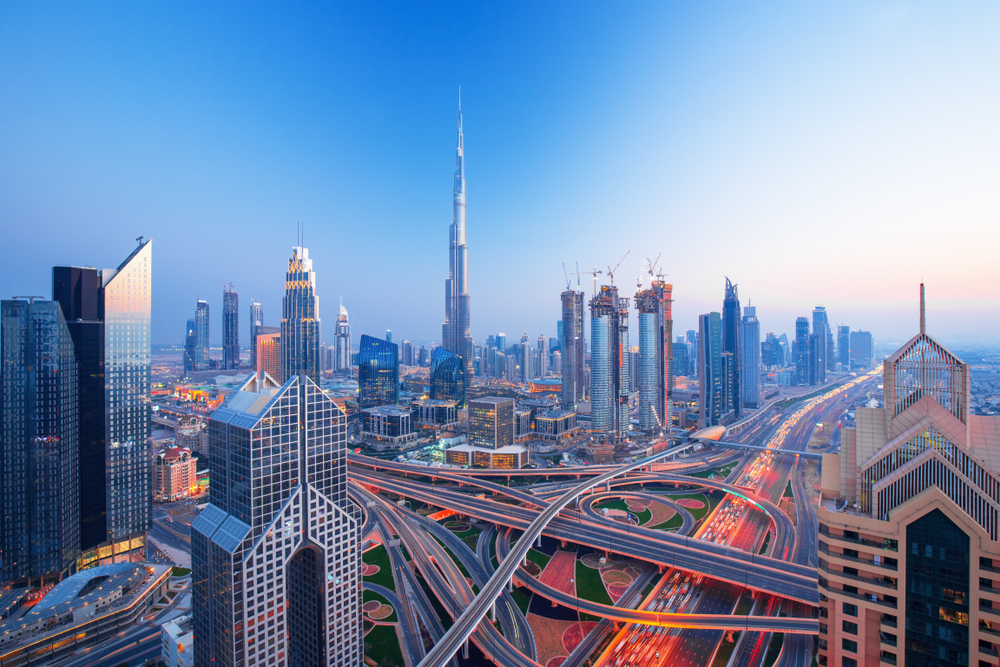
Dubai
Sharjah: Crafts and folk art
Finally, the emirate of Sharjah has turned into a center for the UAE’s cultural and folk preservations.
Sharjah has been keen to promote various traditional crafts, such as 'Talli' weaving, in addition to its cultural heritage sites and museums.
Sharjah was determined to support its crafts and folk art sector through programs such as the Bidwa project.
Employing over 60 craftsmen, the Bidwa project has gained international recognition thanks to its program that provides vocational training and assistance to help merchants improve their abilities and break into new markets.
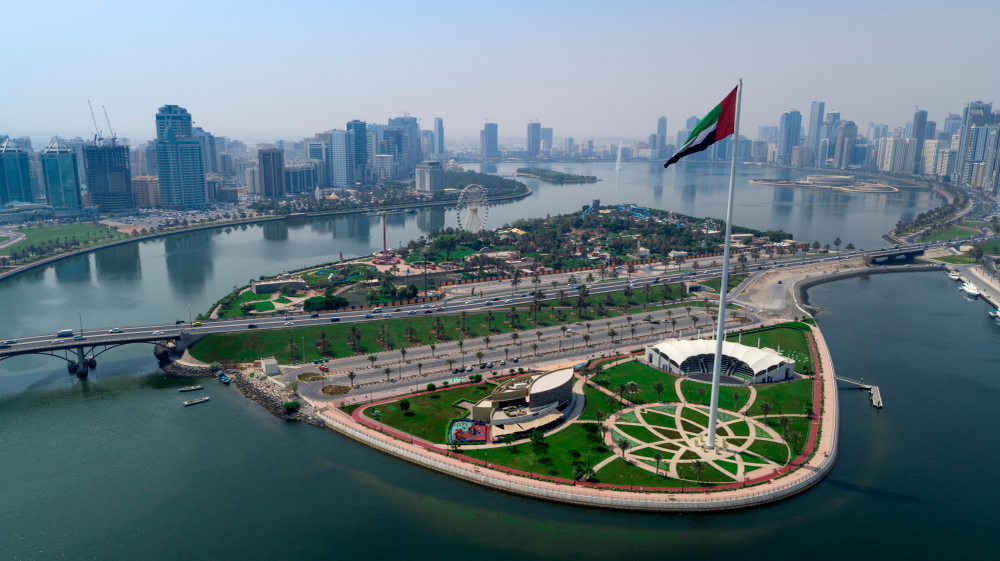
Sharjah
















